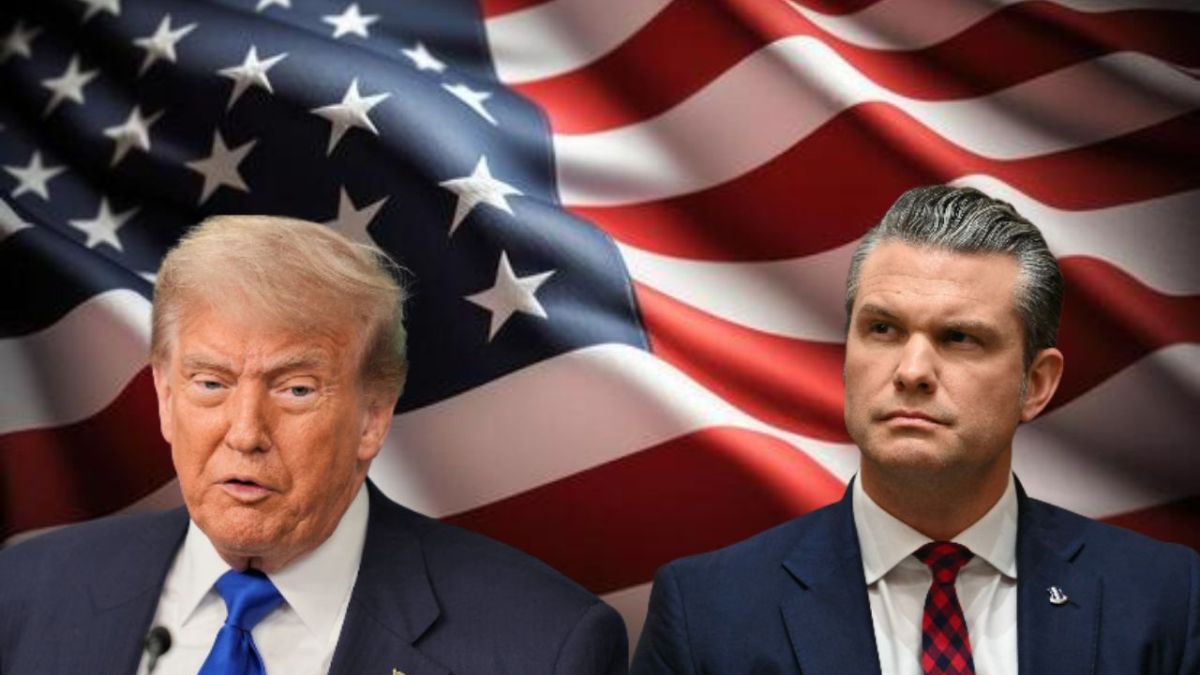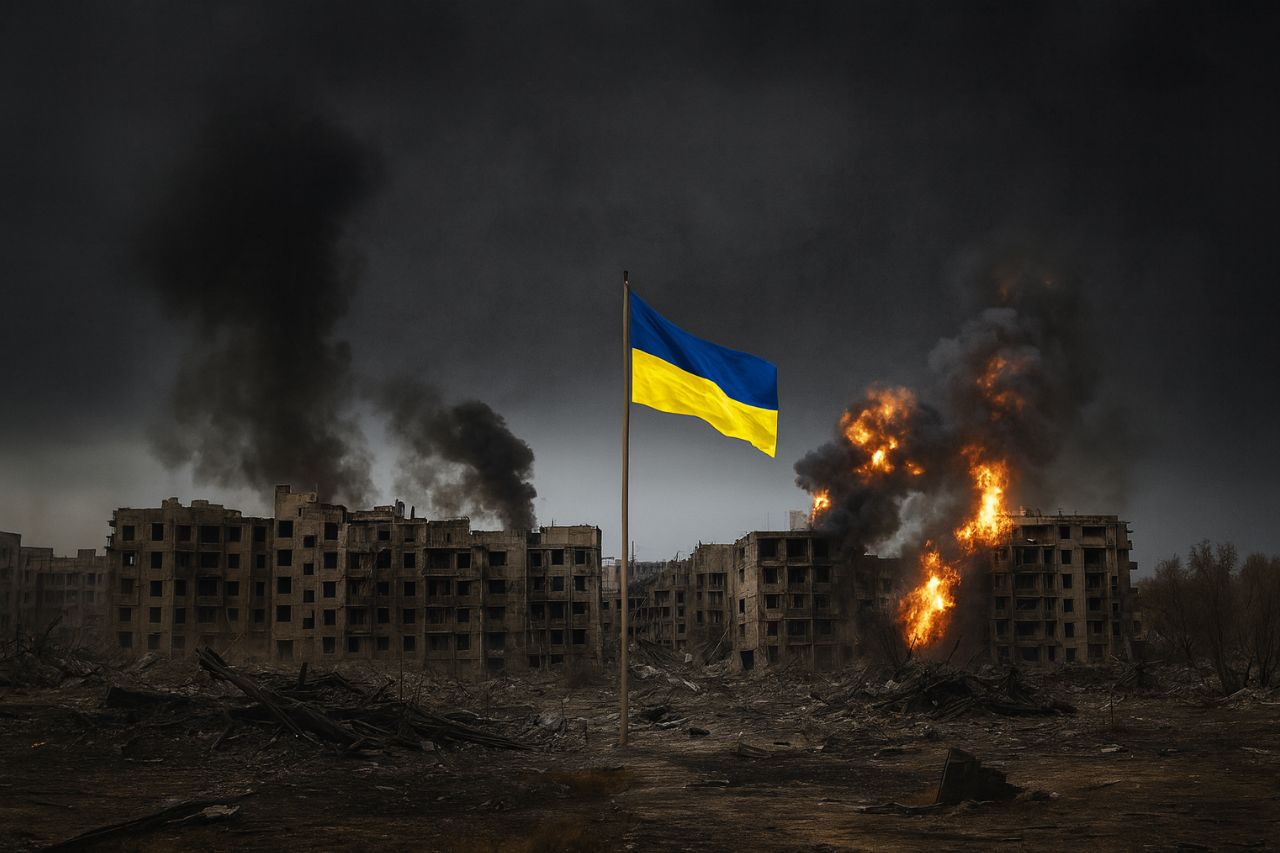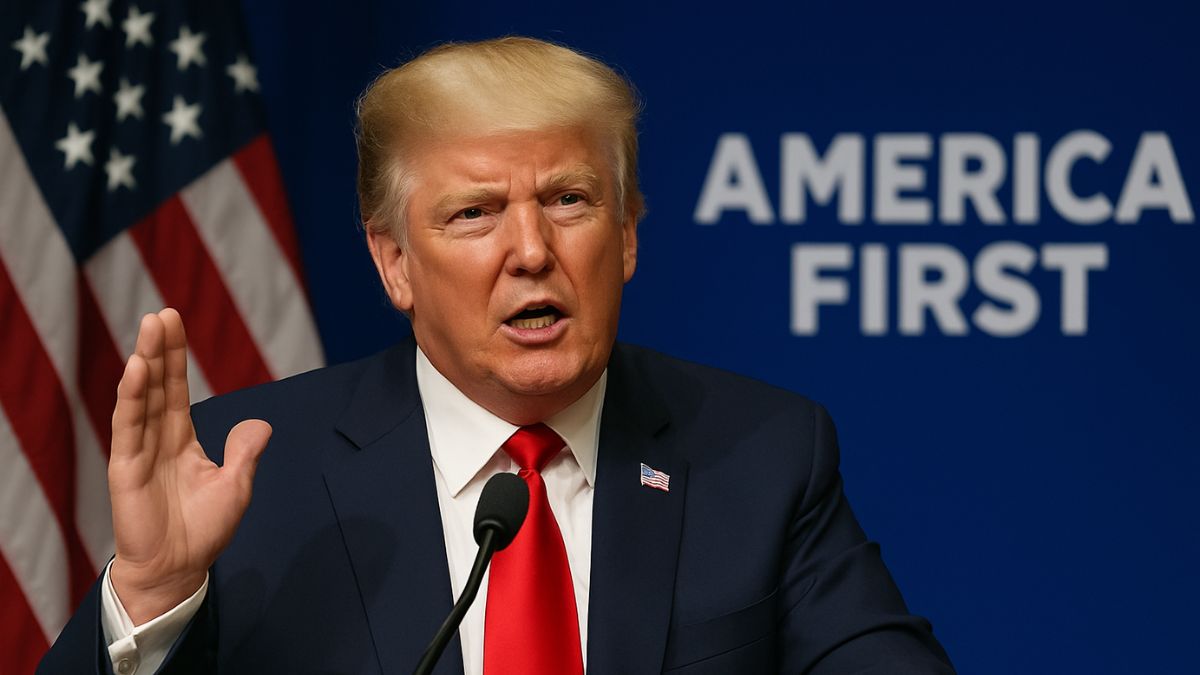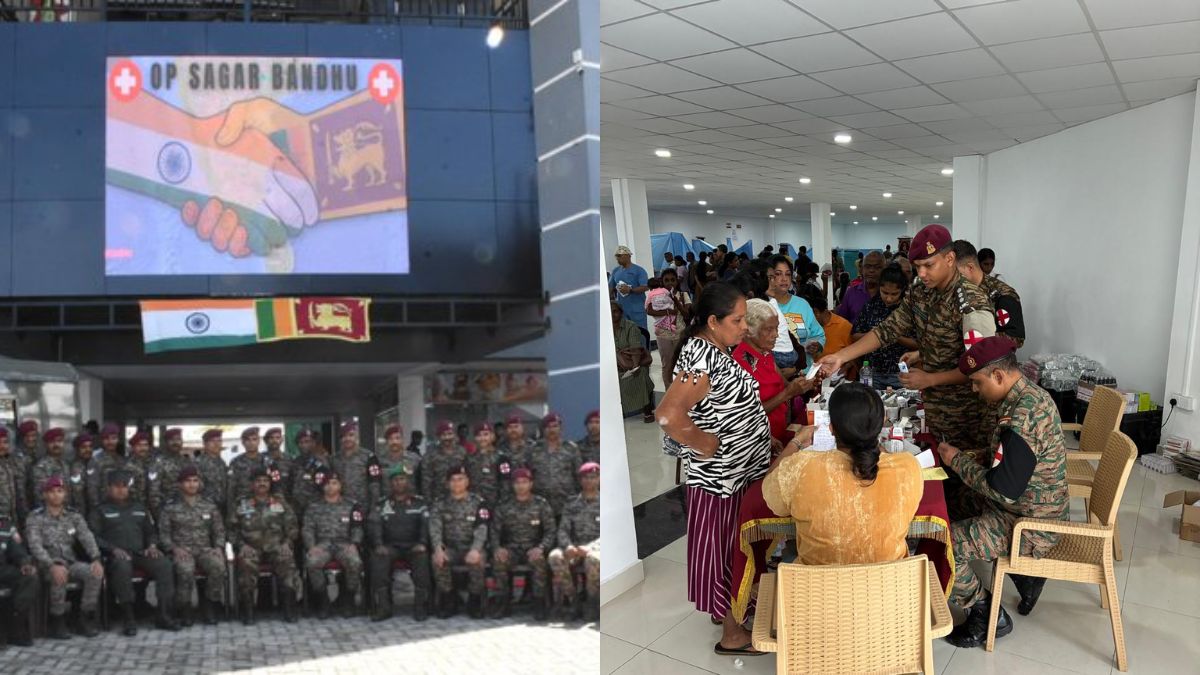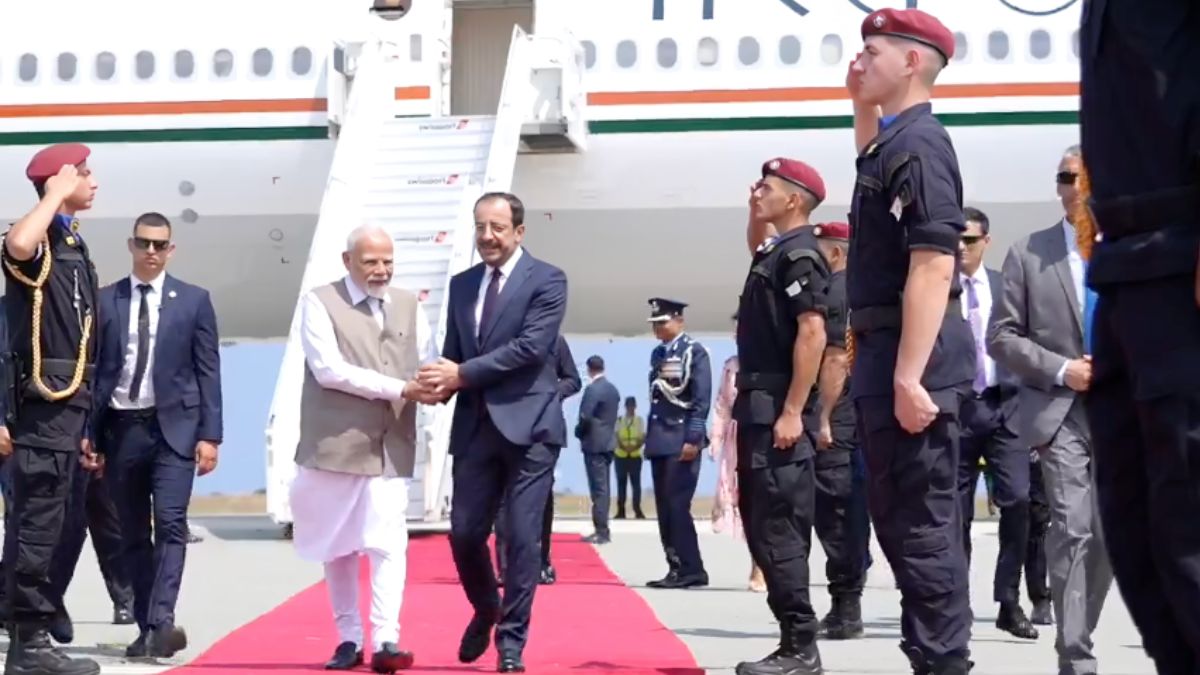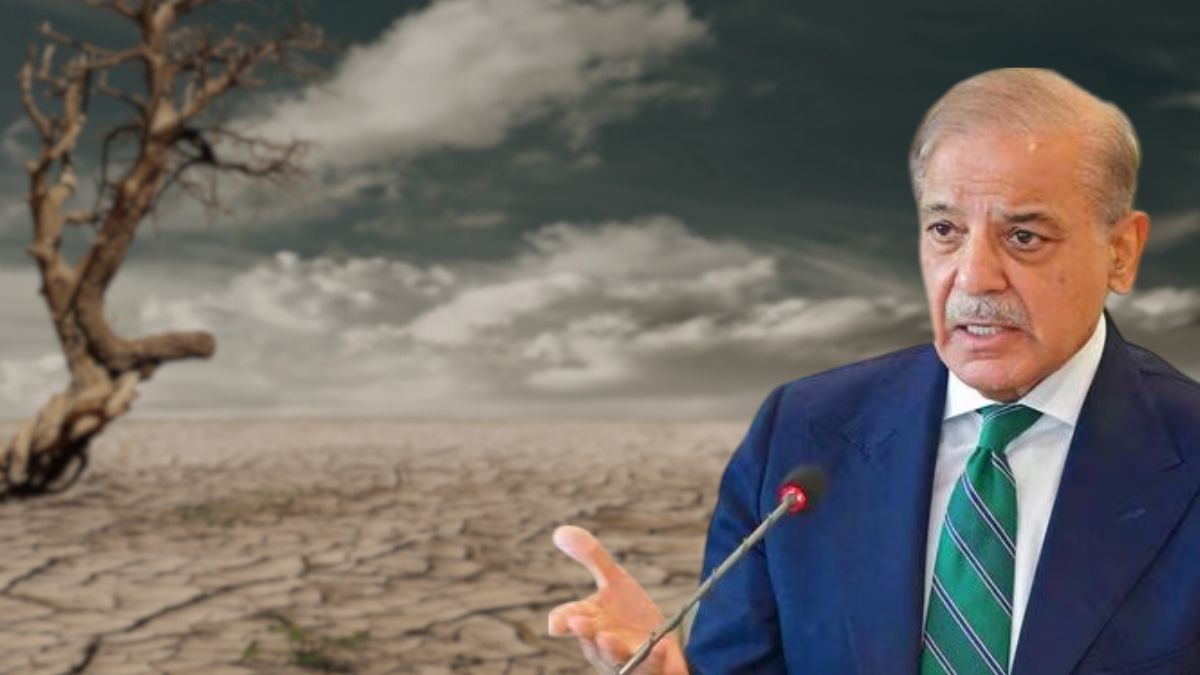Nepal Raises Diplomatic Alarm Over India-China Deal On Lipulekh Pass

Nepal raises diplomatic protest over India China agreement on Lipulekh Pass, reaffirming its claim to the disputed territory amid rising geopolitical tensions.
Nepal has once again found itself at the center of a sensitive geopolitical dispute after India and China agreed to reopen trade through the Lipulekh Pass, a territory Kathmandu claims as its own.
On August 22, the Nepal Ministry of Foreign Affairs (MoFA) sent separate diplomatic notes to New Delhi and Beijing, objecting to their bilateral understanding and reiterating Nepal’s longstanding claim over Limpiyadhura, Lipulekh, and Kalapani.
The issue resurfaced during the 24th round of India-China boundary talks in New Delhi, where India’s National Security Adviser Ajit Doval and Chinese Foreign Minister Wang Yi agreed to revive three traditional trading routes, including the Lipulekh corridor.
The move drew sharp criticism from Nepali leaders across the political spectrum, who denounced the agreement as an infringement on Nepal’s sovereignty.
What is Nepal’s Position on Lipulekh?
Nepal maintains that the Lipulekh Pass lies east of the Mahakali River and is therefore part of its territory, as reflected in the official map incorporated into its 2015 Constitution. The government has repeatedly raised objections to India-China trade agreements that involve the disputed area, including a similar understanding reached in 2015.
In its latest note, Nepal urged both neighbors to acknowledge its sovereignty and resolve the dispute through established diplomatic channels. Officials confirmed that the wording of the communication to India was carefully chosen, mindful of Prime Minister KP Sharma Oli’s upcoming visits to China for the SCO summit later this month and to India on September 16.
How have India and China responded to Nepal?
India quickly responded, with Ministry of External Affairs spokesperson Randhir Jaiswal asserting that border trade through Lipulekh has been ongoing since 1954. New Delhi’s stance remains that the route is an established corridor for trans-Himalayan trade and pilgrimage.
China, for its part, acknowledged Nepal’s diplomatic note but has not indicated any change in its position. Despite Nepal’s repeated objections, Beijing has continued to sign agreements with India concerning Lipulekh, most recently through this week’s dialogue.
Has domestic political pressure in Nepal grown over Lipulekh?
The India-China pact has ignited a domestic storm in Nepal. Leaders from the ruling CPN-UML as well as opposition parties have urged the government to take a firmer stance. Lawmakers in both the National Assembly and House of Representatives demanded that Prime Minister Oli raise the issue unequivocally during his foreign visits.
Government spokesperson Prithvi Subba Gurung reinforced that Nepal’s claim is backed by “factual evidence” and that Kalapani, Lipulekh, and Limpiyadhura remain integral parts of the country. He stressed that the matter must be resolved diplomatically, not militarily, reflecting Kathmandu’s cautious approach.
What are the geopolitical stakes involved in Lipulekh?
The controversy underscores Nepal’s precarious position between its two giant neighbours. While India and China often clash along their disputed frontier, the Lipulekh agreement reflects their ability to cooperate in ways that sideline Kathmandu. This fuels domestic frustration and places pressure on the Nepali leadership to prevent further erosion of sovereignty.
As Prime Minister Oli prepares for back-to-back visits to Beijing and New Delhi, the Lipulekh dispute is set to dominate the agenda. Whether Nepal can secure concrete assurances from its neighbors or whether its concerns will once again be overshadowed by India-China dynamics remains to be seen.
